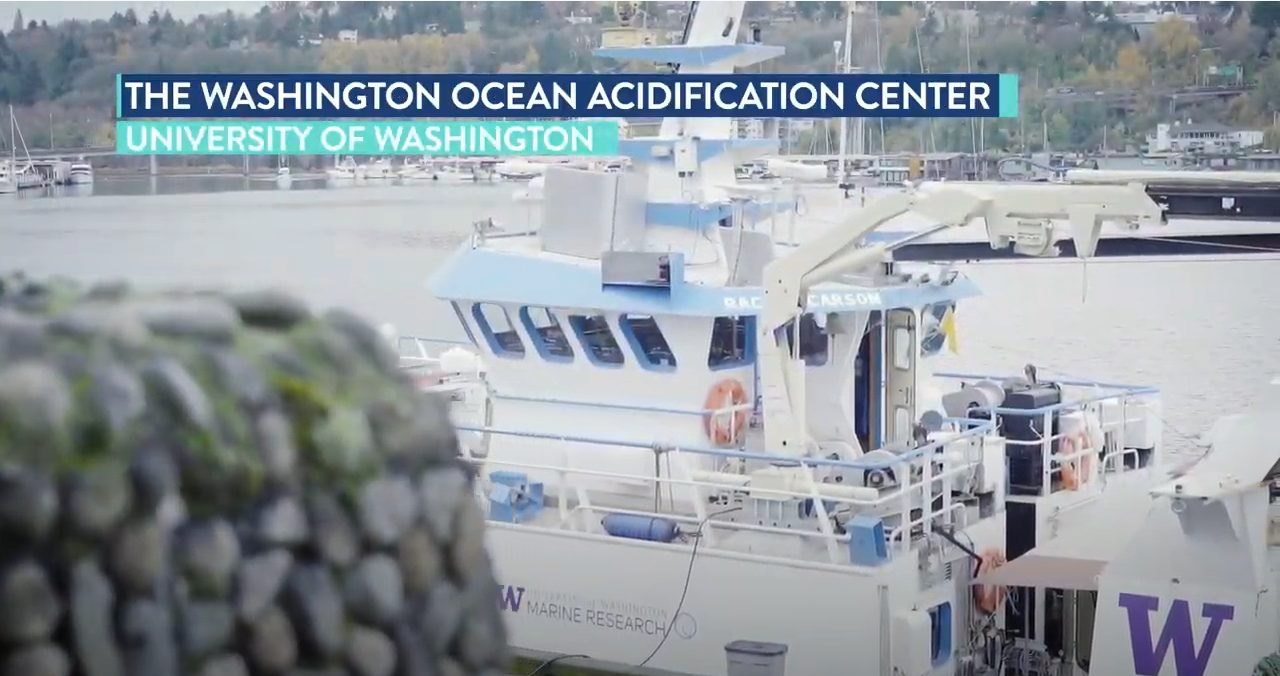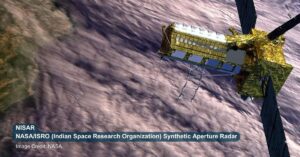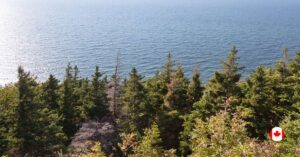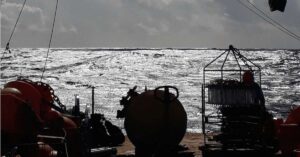Washington Ocean Acidification Center's Commitment
Pending continued funding from Washington state, the Washington Ocean Acidification Center of the University of Washington’s EarthLab is committed to continuing support to:
- Establish and sustain a comprehensive ocean acidification monitoring network to measure trends in local acidification conditions and related biological responses. This monitoring allows detection of long-term change and variability in local acidification conditions and advances our scientific understanding of local species’ responses.
- Ensure continued water quality monitoring at six existing shellfish hatcheries and rearing areas. These monitoring data enable real-time management of hatcheries under changing pH conditions, for example by indicating when seawater in hatcheries requires treatment.
- Provide short-term forecasts of corrosive conditions for application to shellfish hatcheries, growing areas and other areas of concern, and to describe spatial and temporal variation in water chemistry conditions in Washington coastal waters and estuaries including Willapa Bay, Columbia River, and Puget Sound. A real-time online tool has been developed and is accessible to the public, including shellfish growers and resource managers, to track acidification today and two days in the future.
- Conduct laboratory studies to assess the direct causes and consequences of ocean acidification, alone and in combination with other stressors, on Washington’s species. Biological studies focus on determining the responses of species of ecological, economic and cultural significance to a suite of existing and projected environmental stressors.
The Center strengthens its work—both in terms of scientific rigor and application to real-world scenarios—through partnerships with federal, Tribal, state and local governments, industry, regional colleges and universities and others. Many productive partnerships and collaborations already exist and more are emerging as we work to address this issue.
Relevant OARS outcomes
Outcome 1: Quality Data
Outcome 2: Science to Action
Outcome 3: Observing Strategies
Outcome 4: Biological Impacts
Outcome 5: Future Projections
Ocean Basin
North Pacific



